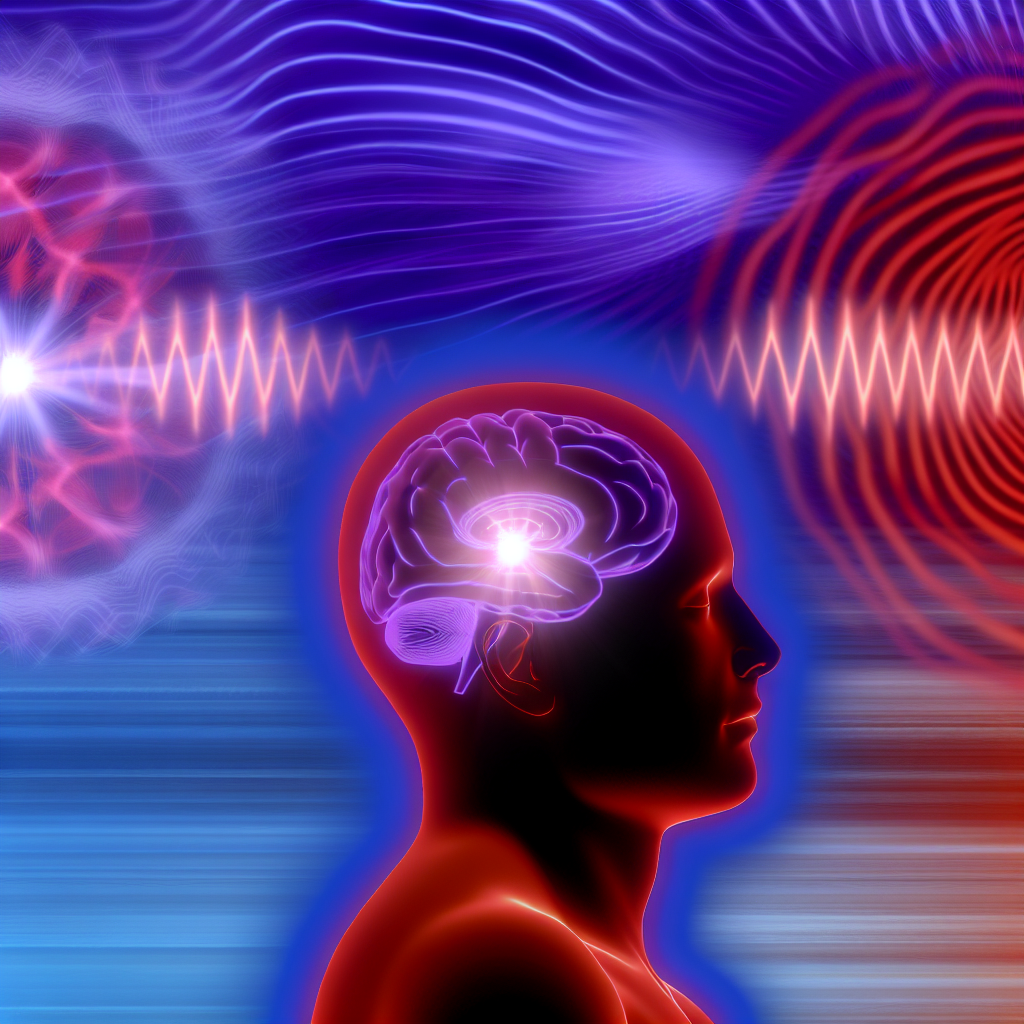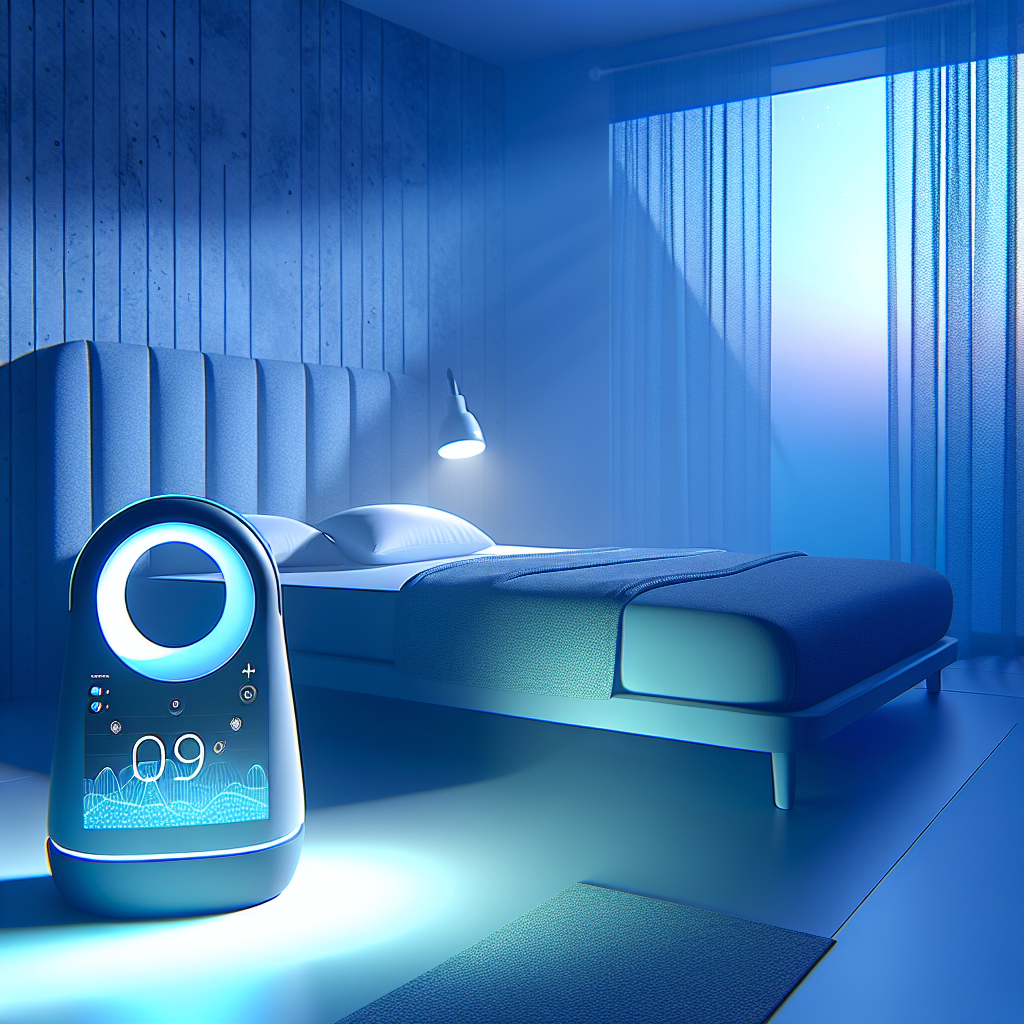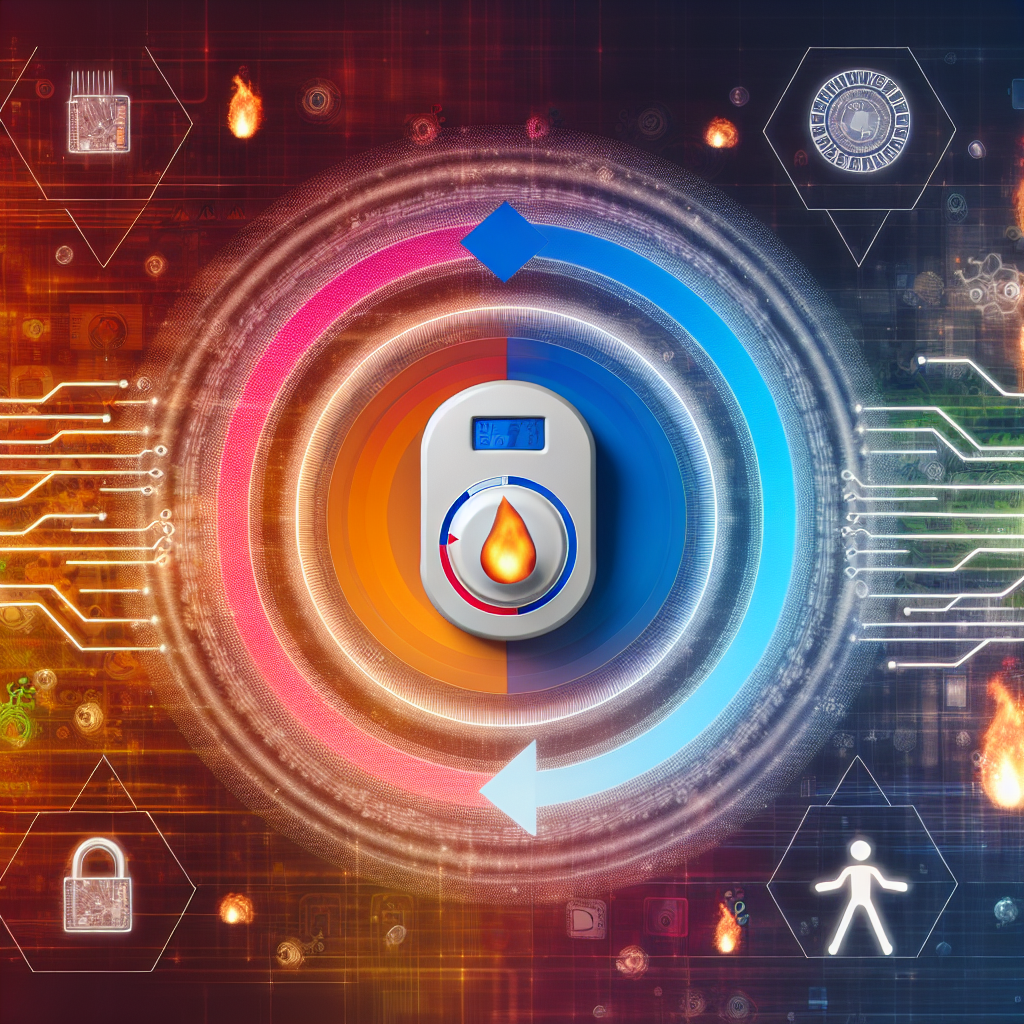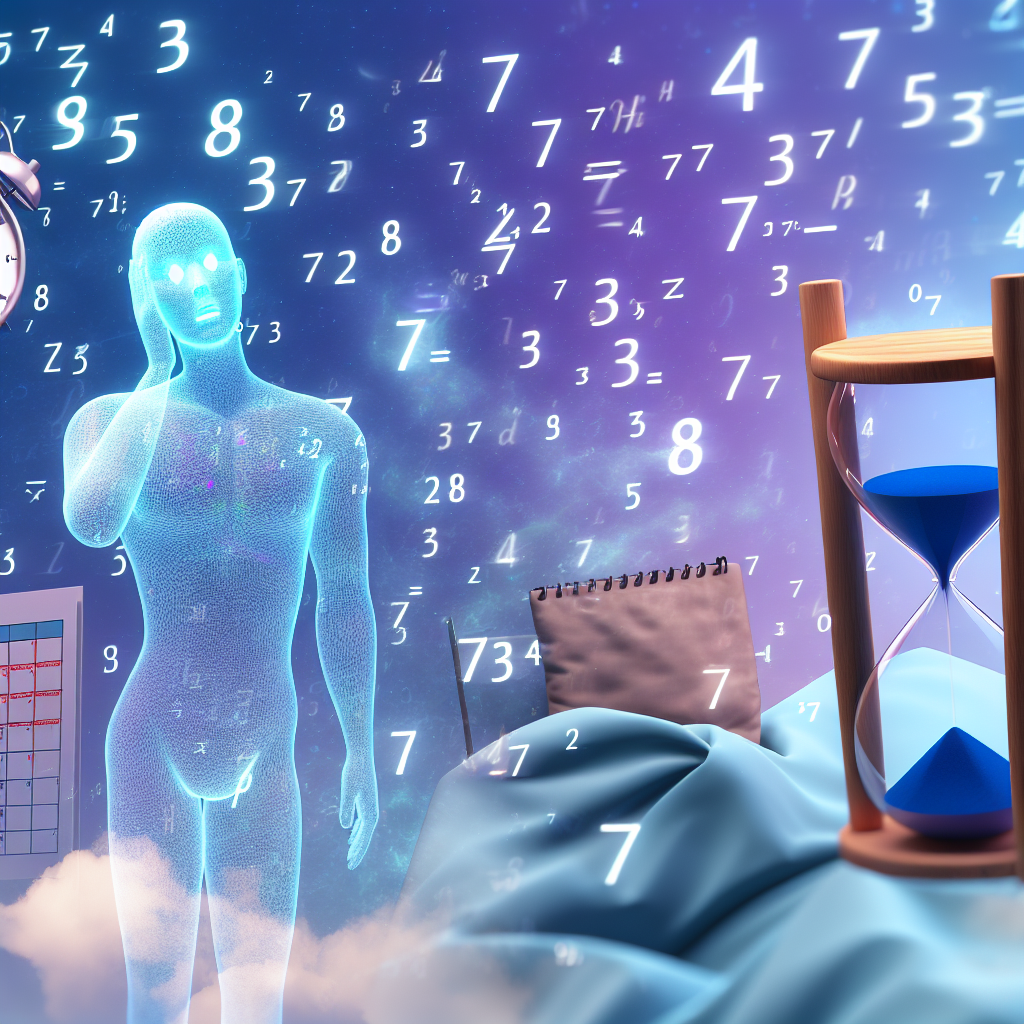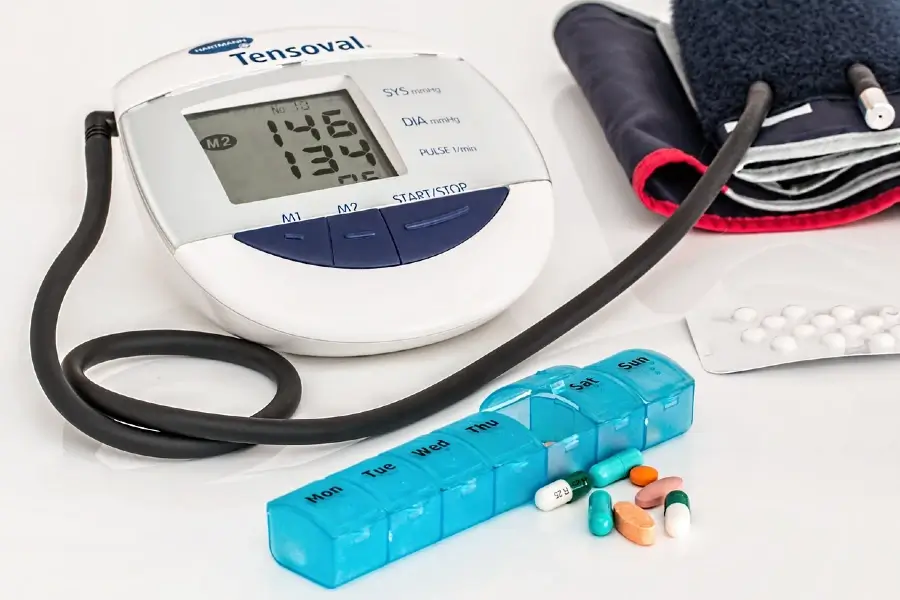Photobiomodulation Sleep Therapy: A Red-Light Revolution for Deep Sleep Optimization
Reclaiming Rest: The Promise of Transcranial Red Light Therapy
Sleep is a fundamental biological function, essential for physical health, cognitive performance, and emotional well-being. Despite its importance, millions of individuals globally struggle with attaining high-quality sleep, often experiencing issues such as insomnia, fragmented sleep, or difficulty reaching deep sleep stages. The limitations of traditional pharmacological treatments, such as dependency and side effects, have driven interest in non-drug approaches to enhance sleep quality. Among emerging innovations, photobiomodulation (PBM) therapy—especially transcranial red and near-infrared light therapy—has garnered significant scientific attention for its neurophysiological benefits, particularly in optimizing sleep architecture.
Photobiomodulation is a non-invasive therapeutic modality that uses red or near-infrared (NIR) light to stimulate cellular function and promote tissue repair. This technique has been explored for various neurological and musculoskeletal conditions, but recent research has begun investigating its intriguing potential in sleep medicine. Specifically, transcranial photobiomodulation (tPBM) involves the application of low-level red or NIR light through the skull to directly affect brain cells and cerebral blood flow. The wavelengths typically range from 620 to 850 nanometers, targeting mitochondria-rich tissues to enhance energy production and reduce inflammation.
The mechanism behind PBM’s sleep-supporting benefits lies in light’s ability to stimulate cytochrome c oxidase in mitochondria, leading to increased adenosine triphosphate (ATP) production, improved antioxidant defenses, and regulation of inflammatory pathways. When targeted to the prefrontal cortex and other brain regions involved in sleep regulation, the effects may translate into reduced sleep latency, deeper sleep stages, and improved REM cycles.
One of the most fascinating outcomes of PBM therapy is its influence on slow-wave sleep (SWS), also known as deep sleep. This stage of non-REM sleep is vital for memory consolidation, immune system regulation, and cellular repair. Through neuromodulation and enhancement of cerebral hemodynamics, red light therapy may trigger a cascade of positive neurobiological responses, potentially improving overall sleep quality, lowering brain inflammation, and enhancing mental restoration.
In this article, we delve into recent findings on transcranial red light therapy applications in sleep, its mechanisms, and how it affects deep sleep architecture. Recognizing its relevance to all age groups—from adolescents dealing with academic stress to older adults facing sleep fragmentation—photobiomodulation holds promise as a safe, non-pharmacological sleep solution for the future.
Powerful Results: Groundbreaking Studies Support Red Light’s Role in Sleep Enhancement
Emerging data from both animal and human studies have begun to substantiate the efficacy of transcranial photobiomodulation (tPBM) in promoting sleep health. tPBM using red light in the 620–670 nm and near-infrared light in the 810–850 nm range has been shown to penetrate the scalp and skull, reaching cortical regions relevant to cognitive and circadian regulation.
A pivotal study published in Scientific Reports in 2019 examined the effects of 810 nm near-infrared light on the frontal cortex and found substantial neurocognitive and psychological benefits. Participants experienced reduced anxiety, improved executive functioning, and reported better sleep quality post-treatment. The study indicated this positive impact may be due to improved mitochondrial respiration, cerebral blood flow, and ATP synthesis in the frontal lobes—a key area responsible for regulating circadian rhythms and initiating slow-wave sleep.
In another pilot study conducted by Gonzalez-Lima and Barrett in BMC Neuroscience (2014), healthy human subjects underwent tPBM with 1064 nm light. While cognitive enhancement was the original focus, participants also self-reported improved sleep and reduced mental fatigue, suggesting possible benefits to sleep structure as a secondary outcome.
Perhaps more direct evidence comes from recent sleep-specific studies, such as the one published in Nature and Science of Sleep (2021), which investigated red light therapy’s impact on sleep architecture in older adults. Using polysomnography (PSG), researchers analyzed the brainwaves of participants who received regulated tPBM over the prefrontal cortex before bed. The results showed significantly increased duration of stage 3 non-REM (deep) sleep, reduced nocturnal awakenings, and improved sleep efficiency over a 4-week period.
The biological mechanisms believed to underlie these improvements include enhanced nitric oxide (NO) release, leading to vasodilation and increased cerebral oxygenation. Moreover, tPBM may influence melatonin secretion by modulating pineal gland activity, indirectly supporting the circadian sleep-wake cycle.
These preliminary but compelling data suggest that transcranial red light therapy can be a viable tool for sleep enhancement. Ongoing clinical trials are aiming to refine dosage, protocols, and light parameters for specific age groups and sleep disorders, such as insomnia, delayed sleep phase syndrome (DSPS), and sleep apnea–related cognitive issues.
From Sleep Aid to Sleep Upgrade: Why Red Light Therapy Could Change Everything
As the global sleep crisis continues to affect individuals across all age demographics, the need for innovative, non-pharmacologic sleep therapies becomes more urgent. Transcranial red light therapy, through the application of photobiomodulation, represents a promising frontier in sleep medicine. By stimulating underlying cellular and vascular processes in the brain, this form of therapy has been shown to support improvements in deep sleep architecture, reduce sleep onset latency, and enhance overall cognitive recovery during rest.
Unlike pharmaceutical interventions, tPBM carries minimal side effects, offering a gentle yet powerful method to naturally optimize sleep. While the field is still evolving, the mounting scientific support for its use in enhancing deep sleep stages provides hope for millions suffering from sleep disturbances. As continued research unveils more about the therapeutic windows and best practices for tPBM, this light-based intervention could become a staple in holistic sleep health routines for children, adults, and the elderly alike.
For those seeking a safer, tech-forward alternative to sleep aids, transcranial red light therapy may shine a much-needed light on the path to restorative sleep and healthier nights. As always, consult a medical professional before implementing any new therapy, especially one involving targeted neural stimulation.
References
Concise Summary:
Transcranial red light therapy, using photobiomodulation, has emerged as a promising non-pharmacological solution for improving sleep quality, particularly in enhancing deep sleep stages. Mounting scientific evidence suggests this light-based intervention can stimulate cellular processes in the brain, leading to benefits like reduced sleep latency, increased slow-wave sleep, and better overall sleep architecture. As the global sleep crisis continues to affect individuals across age groups, this innovative therapy offers a safe, natural alternative to traditional sleep aids, with the potential to become a staple in holistic sleep health routines.

Dominic E. is a passionate filmmaker navigating the exciting intersection of art and science. By day, he delves into the complexities of the human body as a full-time medical writer, meticulously translating intricate medical concepts into accessible and engaging narratives. By night, he explores the boundless realm of cinematic storytelling, crafting narratives that evoke emotion and challenge perspectives.
Film Student and Full-time Medical Writer for ContentVendor.com
